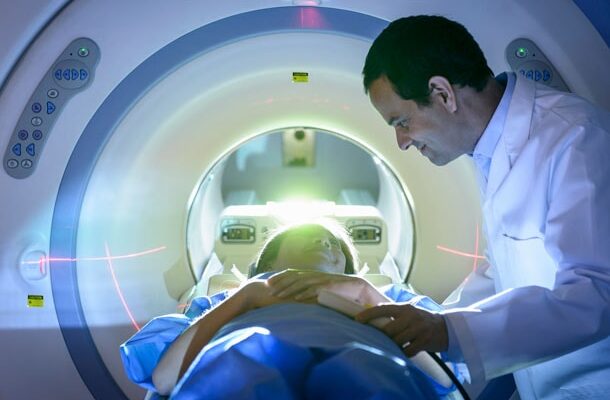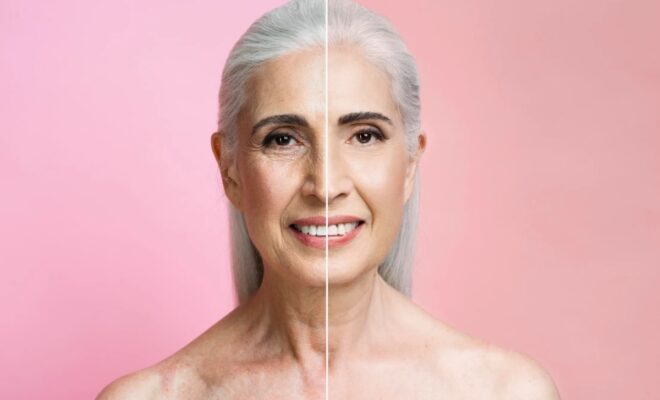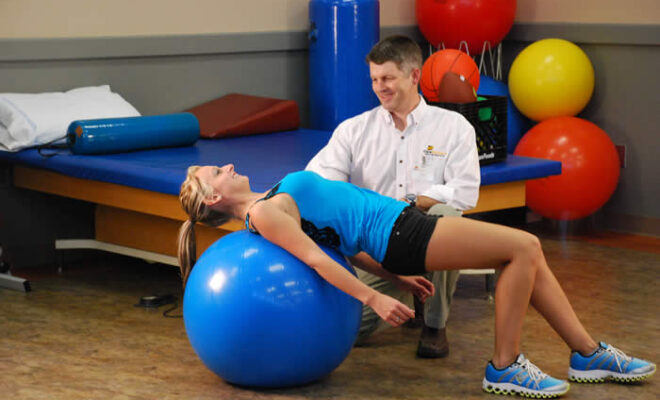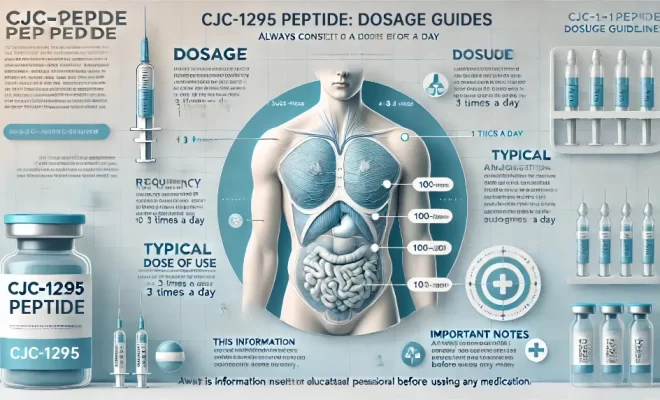The Influence Of AI and Machine Learning On Diagnostic Imaging

Imagine the future where you walk into an Invision Sally Jobe clinic, and a machine, not a person, diagnoses your ailment. Machine learning and AI are transforming that future into today. They are revolutionizing diagnostic imaging, making it quicker, more efficient – even more accurate. The influence of these technologies is massive. It’s changing how we see, interpret, and understand the human body. Computational power meets human ingenuity, and the world of medical imaging will never be the same again.
The Evolution of Diagnostic Imaging
Once upon a time, diagnostic imaging was a time-consuming process. It needed expert radiologists to scrutinize and interpret complex images. AI and Machine Learning are flipping this script. They are making the process faster and more streamlined. They are also increasing the accuracy of diagnoses.
AI and Machine Learning at Full Throttle
Consider a hypothetical scenario. You’re in a clinic. You need an urgent diagnosis. With AI and Machine Learning, the wait is over. The machine scans, analyzes, and presents a diagnosis – all in the blink of an eye. It’s fast. It’s efficient. But is it reliable? The answer is a resounding yes. Studies have shown that AI can be as accurate, if not more, than human radiologists.

Impact on Healthcare
Let’s dive deeper into the impact on healthcare. There are three main points here: speed, consistency, and reach.
- Speed: AI and Machine Learning drastically reduce diagnostic time. This means quicker treatment and better outcomes.
- Consistency: With machines, there’s less room for human error. They provide consistent, reliable results.
- Reach: Think about rural areas or developing countries. Here, access to expert radiologists may be limited. AI and Machine Learning can bridge this gap, providing quality healthcare to all.
Looking Ahead
So, what does the future hold? It’s clear that AI and Machine Learning are here to stay. They will continue to shape and evolve diagnostic imaging. But they won’t replace humans. Instead, they will enhance our capabilities. They will empower us to provide better, more efficient healthcare and that’s a future worth looking forward to.








